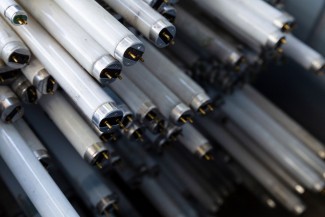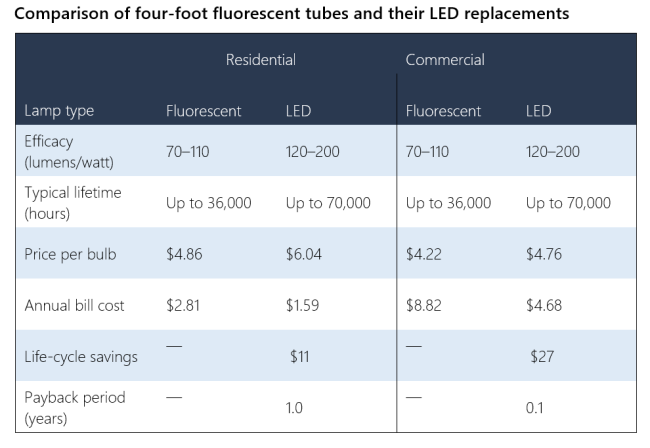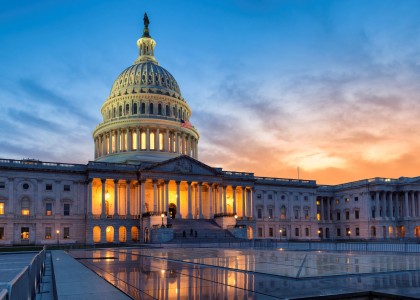A first-in-the-nation policy in Vermont phasing out most fluorescent tube lights in favor of LEDs points the way for other states to reduce energy costs, greenhouse gas emissions, and mercury pollution.
Signed by Governor Phil Scott on May 19, Vermont’s law will end the sale of four-foot fluorescent tubes by 2024. California lawmakers are considering enacting similar legislation this year, and other states may do so when their legislatures reconvene in 2023. (In Rhode Island, one chamber passed such a bill this year.)
The four-foot tubes at issue in the Vermont law are often found in commercial buildings and in some kitchens, basements, and garages. They are the most common type of linear fluorescent light, representing about 90% of installations.
Though fluorescent bulbs were once considered an efficient option—at least in comparison to incandescents—great advances in LEDs in recent years have dulled their shine. A recent study we co-published comprehensively shows that LEDs are now available in all needed shapes and sizes—and they cost less to own and operate than fluorescents. That’s great news, because the LEDs use about half as much energy—which means they have lower greenhouse gas emissions—and don’t contain the toxic mercury that fluorescent bulbs do.
The following table compares the key characteristics of a common four-foot fluorescent tube and its LED alternative, and the dollar savings from switching to an LED from a fluorescent, based on national averages:
We estimate that Vermont residents and businesses will save a cumulative $167 million on utility bills through 2040 thanks to more than 1,000 gigawatt hours of reduced electricity use, all due to transitioning away from the four-foot fluorescents. A typical school could see more than $5,000 in annual utility bill savings if all its fluorescent lamps were replaced with LEDs. Our report quantifies the mercury pollution and carbon dioxide emissions each state would avoid—and how much money its residents and businesses would save in reduced energy costs—by ending the sale of fluorescents.
States can phase out fluorescents by focusing on their mercury pollution
States are generally preempted from setting energy efficiency standards for many types of fluorescent light bulbs because the federal government has already done so. The key to Vermont’s law is that it focuses on protecting residents from the mercury in fluorescent bulbs, which can damage the human brain even in miniscule quantities.
An estimated 75% of fluorescent bulbs used in the United States are not recycled or disposed of properly. Mercury leached from landfills eventually reaches rivers, lakes, and oceans, where it bioaccumulates in fish and shellfish. Consumption of contaminated seafood is the leading cause of human exposure to mercury. Broken bulbs in homes and buildings, if not properly cleaned up, can also present a health risk to those nearby.
Laws and rules restricting the use of mercury have generally exempted fluorescent bulbs because—until recently—there was a lack of better options. A previous decision by the Vermont Department of Environmental Conservation moved to end the sale of general-purpose compact fluorescent lamps, or CFLs, by February 2023, but those bulbs are less widespread than the ones covered by the new law.
Now that LEDs are widely available for the uses fluorescent tubes have served, states should move quickly to follow Vermont’s example. They shouldn’t pass up this opportunity to reduce mercury pollution, energy costs, and greenhouse gas emissions.




